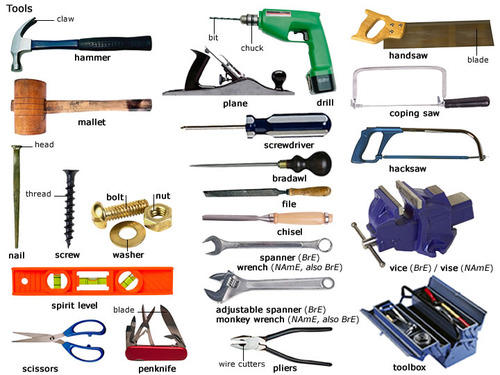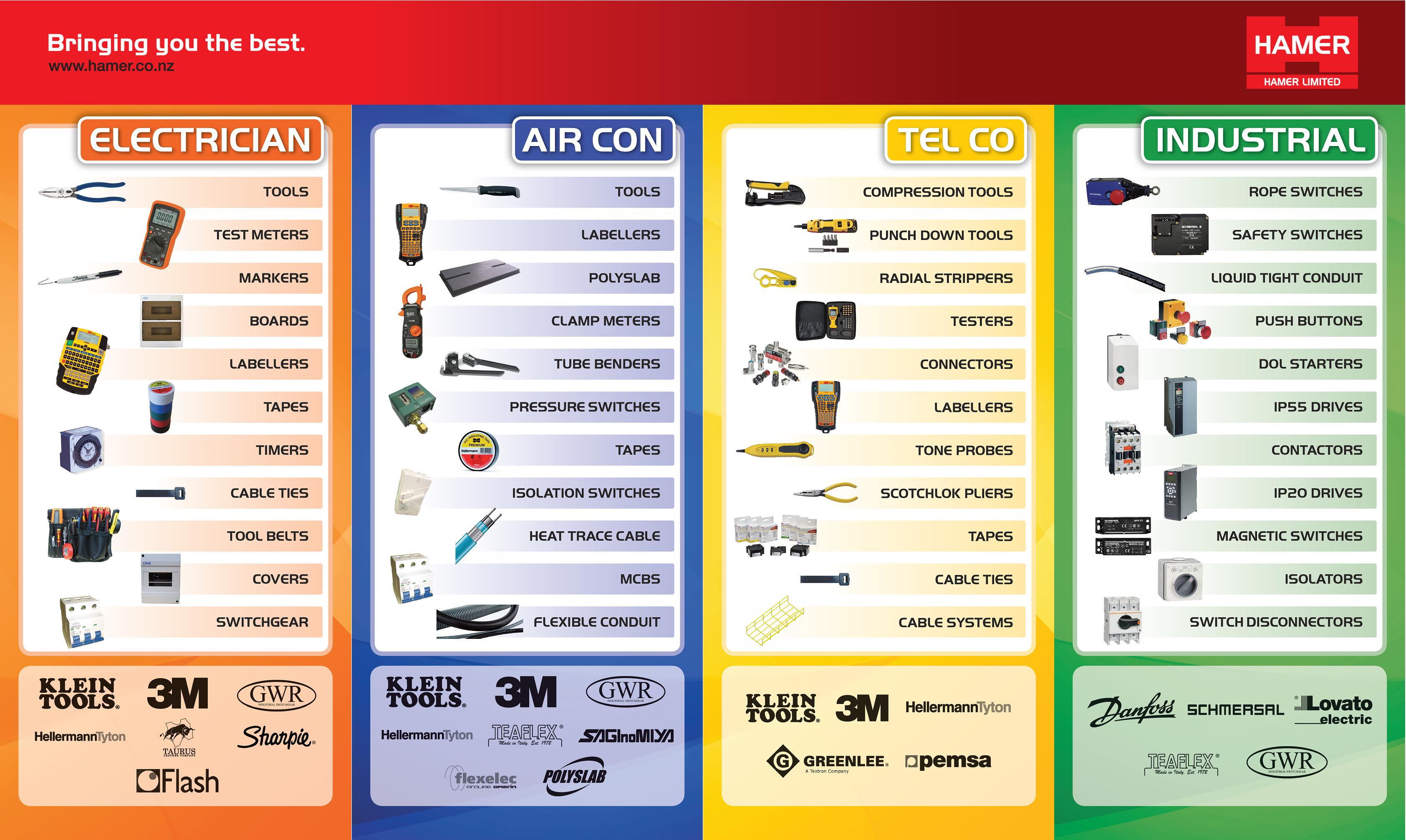| Admissions | Aircraft | Aviation World | Ambassadors | Accreditation | A to Z Degree Fields | Books | Catalog | Colleges | Contact Us | Continents/States | Construction | Contracts | Distance Education | Emergency | Emergency Medicine | Examinations | English Editing Service | Economy and budget | Forms | Faculty | Governor | Grants | Hostels | Honorary Doctorate degree | Human Services | Human Resources | Internet | Investment | Instructors | Internship | Login | Lecture | Librarians | Languages | Manufacturing | Membership | Observers | Public Health | Publication | Professional Examinations | Programs | Professions | Progress Report | Recommendations | Ration food and supplies | Research Grants | Researchers | Students login | School | Search | Software | Seminar | Study Center/Centre | Sponsorship | Tutoring | Thesis | Universities | Work counseling |
|
What is a tool? What are types of tools? |

A modern toolbox |

|

|
|
What is a tool? An item or implement used for a specific purpose. A tool can be a physical object such as mechanical tools including saws and hammers or a technical object such as a web authoring tool or software program. Furthermore, a concept can also be considered a tool. What are types of tools? |
| Aircraft Tools |
| Auto Tools (car or truck) |
| Electrical Tools |
|
Engineering ToolBox |
| List of timber framing tools |
| Masonry Tools |
| Plumbing Tools |
| Software tool classification by function |
| Types of tools |
|
What Are the Hazards of Hand Tools? What Are the Dangers of Power Tools? Guards Operating Controls and Switches Portable Abrasive Wheel Tools Pneumatic Tools Liquid Fuel Tools Powder-Actuated Tools Hydraulic Power Tools |
|
One can classify tools according to their basic functions:
Cutting tools, such as the knife, scythe or sickle, are wedge-shaped implements that produce a shearing force along a narrow face. Ideally, the edge of the tool needs to be harder than the material being cut or else the blade will become dulled with repeated use. But even resilient tools will require periodic sharpening, which is the process of removing deformation wear from the edge. Other examples of cutting tools include gouges and drill bits. Moving tools move large and tiny items. Most are levers which give the user a mechanical advantage. For example, concentrating-force tools: the hammer moves a nail, the maul moves a stake, or a whip moves flesh on a horse. These operate by applying physical compression to a surface. In the case of the screwdriver, the force is rotational and called torque. Writing implements deliver a fluid to a surface via compression to activate the ink cartridge. Also grabbing and twisting nuts and bolts with pliers, a glove, a wrench, etc. All these tools move items by some kind of force. Also trucks, rockets and airplanes move larger items and particle accelerators move very small items. Tools that enact chemical changes, including temperature and ignition, such as lighters and blowtorches. Guiding, measuring and perception tools include the ruler, glasses, set square, sensors, straightedge, theodolite, microscope, monitor, clock, phone, printer Shaping tools, such as molds, jigs, trowels. Fastening tools, such as welders, rivet guns, nail guns, or glue guns. Information and data manipulation tools, such as computers, middleware, IDE, spreadsheets |

|
